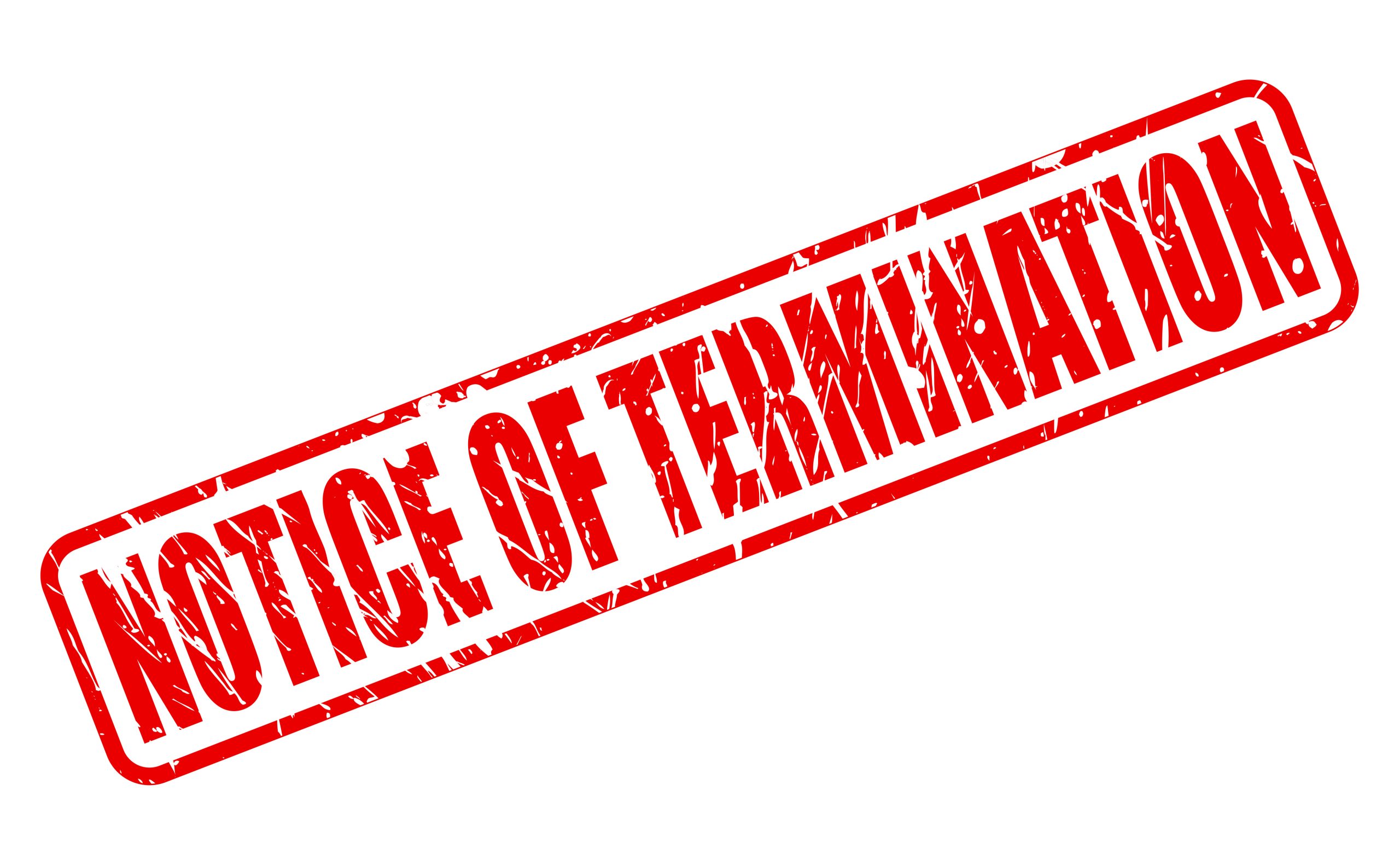
Surviving the MATCH List: A Merchant’s Guide to Getting Out WITHOUT Triggering Closure
Apr 28, 2023 3 minutes
Picture this: you’re an online merchant, working tirelessly to grow your business and keep your customers happy. One day, you receive a chilling notification – you’ve been placed on Mastercard’s MATCH list.
Panic sets in, your heart races, and you wonder if this is the end of the line for your business.
But fear not, dear merchant, for we have prepared a guide to help you not only survive but thrive despite this harrowing ordeal.
In this comprehensive guide, we’ll take you by the hand and lead you through the dark, murky waters of the MATCH list. We’ll unravel the mystery behind it, help you understand why you’re on it, and provide a step-by-step plan to keep your business afloat while you work towards clearing your name.
Understanding the MATCH List: Decoding the High-Risk Merchant’s Nightmare
The MATCH list is a dreaded term among online merchants, but before we dive into survival tactics, it’s crucial to understand what it is and why it poses such a threat.
What is the MATCH List?
MATCH stands for Member Alert to Control High-Risk Merchants. It is a database maintained by Mastercard (and used by all major credit card companies) that tracks merchants who have had their merchant accounts terminated due to a variety of high-risk factors.
The primary purpose of the MATCH list is to alert credit card processors and acquiring banks about merchants with a history of risky behavior, enabling them to make informed decisions when considering new account applications.
Fun fact: there is another list called the Terminated Merchant File (TMF). The TMF list is an older term that’s not used much today. If you come across it, just know that it’s the same as MATCH.
How Does a Merchant End Up on the MATCH List?
There are several reasons why a merchant might find themselves on the MATCH list, including but not limited to:
- Excessive chargebacks: Passing the chargeback threshold indicates dissatisfaction among customers and may be a flag for excessive fraud or poor business practices.
- Fraudulent activity: If a merchant is found to be involved in illegal transactions or other illegal activities like identity theft, they may be added to the list.
- Bankruptcy: Filing for bankruptcy can land a merchant on the MATCH list, as it suggests potential financial instability.
- Violation of card network rules: Merchants who violate the terms and conditions laid out by credit card networks like Mastercard or Visa can be added to the list.
- Data breaches: Merchants who experience significant data breaches that put customer information at risk may also find themselves on the MATCH list.
- Mistake: On some occasions, merchants may be notified that they’re on the MATCH list without ever having a merchant account or processing a single transaction.
- Non-compliance: Business owners may be added to this blacklist for PCI-DSS non-compliance. DSS means data security standards, so you would be in violation of standards.
Need more info about the MATCH list? Maybe we can help!
What are the consequences of being on the MATCH list?
Being on the MATCH list has several negative implications for online merchants:
- Difficulty obtaining a new merchant account: Most merchant service providers will be hesitant to work with businesses on the MATCH list, as they are considered high-risk merchants.
- Higher fees and stricter terms: If a merchant is able to secure a new account with a high-risk provider, they will likely face higher credit card processing fees and more stringent terms than a standard account.
- Damage to reputation: Being on the MATCH list can negatively impact a merchant’s reputation, making it difficult to attract new customers and maintain relationships with existing ones.
Now that you have a solid understanding of the MATCH list and its implications, we can move on to the survival strategies that will help you navigate this challenging situation.
Assessing Your Situation: Identifying the Root Cause and Plotting Your Course
Before you can embark on your journey to remove your name from the MATCH list, it’s crucial to assess your situation and understand the underlying issues that led to your inclusion on the list. As a MATCH-listed merchant, pay close attention to the steps below.
Review Your Records
Begin by reviewing your records to identify patterns or trends that may have contributed to your high-risk status. Look for any recurring issues, such as excessive chargebacks, instances of fraud, or violations of credit card network rules. By examining your records closely, you can pinpoint the specific factors that led to your inclusion on the MATCH list.
Seek Clarity from Your Provider/Processor
DO NOT contact any payment processor, acquirer, financial institution, or merchant account provider that you currently use and HAS NOT flagged you for being on the MATCH list. Instead, contact the company that has flagged you or notified you as being MATCHed for clarity.
You can request a detailed explanation for your placement on the MATCH list and they should be able to provide you with the specific reason codes associated with your inclusion.
If you tell a processor or provide that hasn’t flagged you, then you’ll screw yourself over. They will, without a doubt, shut down your account. It would be better to try and open a new merchant account with a different provider, which would be denied once they see that you’re MATCHed, and ask for clarity.
As a last resort, you can contact a lawyer.
Analyze the Root Cause
Now that you have identified the reasons for your placement on the MATCH list, take some time to analyze the root causes behind these issues.
For example, if excessive chargebacks were the problem, consider why they occurred – was it due to unclear product descriptions, poor customer service, or a flawed return policy?
In some situations, you may be on the MATCH list by mistake. If your business name, website, or address is close to one that is on the list, you might get denied service due to human error. Or maybe you purchased a business from someone who didn’t tell you they were MATCH-listed. If this is the case, then you’d need to contact their previous payment processor to get the name removed.
There is a MATCH reason code associated with every merchant on the list, whether it be merchant collusion, money laundering, fraud conviction, excessive chargebacks, insolvency, etc. We implore you to find this code and work to resolving that specific issue.
Being MATCHED isn’t the end of your business. Find out more.
Clearing Your Name: Making Your Case and Escaping the Clutches of the MATCH List
After diligently working to address the issues that led to your inclusion on the MATCH list, the time has come to pursue the ultimate goal – to get off the list. In this section, we’ll outline the steps you need to take to make a strong case for your removal from the MATCH list and get your business back on track.
Gather Evidence of Improvement
Before you can make your case for removal, it’s crucial to gather evidence that demonstrates your commitment to improvement and the effectiveness of your corrective measures. Compile data on key performance indicators, such as reduced chargeback rates and improved fraud detection, as well as any supporting documentation that showcases the changes you’ve made to your business practices.
Contact Your Previous Merchant Account Provider
Reach out to the merchant account provider that added you to the MATCH list to initiate a discussion about your removal. Share the evidence of your improvement and explain the steps you’ve taken to address the issues that led to your inclusion. Be prepared to answer any questions they may have and provide additional documentation as needed.
Be Patient and Persistent
Clearing your name from the MATCH list may not happen overnight, and you may need to demonstrate a sustained period of improvement before your previous provider is willing to consider your removal. Be patient and persistent, continuing to focus on maintaining your progress and addressing any lingering issues.
Seek Legal Counsel if Necessary
In some cases, you may need to seek legal counsel to assist you in making your case for removal from the MATCH list. A lawyer experienced in dealing with MATCH list cases can provide guidance on the best approach and help you navigate any legal complexities that may arise.
Overcoming the MATCH List and Building a Resilient Business
Navigating the treacherous waters of the MATCH list can be an intimidating and challenging experience for any online merchant. However, with the right guidance, a well-crafted plan, and unwavering determination, you can successfully clear your name and emerge stronger than ever.
As you work towards your redemption, it’s crucial to partner with a high-risk merchant account provider that understands your unique challenges and is committed to helping you thrive. DirectPayNet is the perfect ally for online merchants facing the MATCH list dilemma. With a wealth of experience working with high-risk merchants and a deep understanding of the nuances of high-risk payment processing, DirectPayNet can help you keep your business afloat while you work towards a brighter future.
Take the first step towards overcoming the MATCH list by opening a high-risk merchant account with DirectPayNet today. Our team of experts will guide you through the process, provide the support you need, and help you achieve the payment processing stability that is vital for your business’s success.
NEED A PAYMENT PROCESSOR THAT PROTECTS YOU FROM THE MATCH LIST? GET IN TOUCH!




